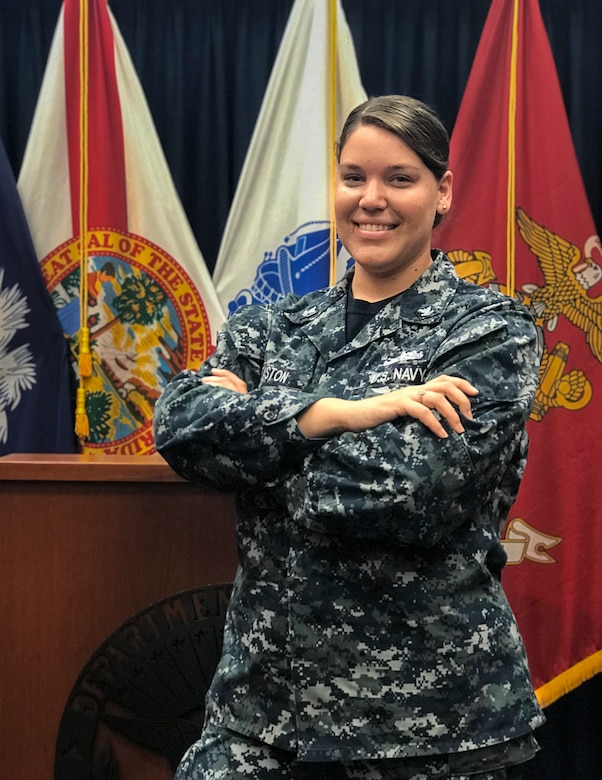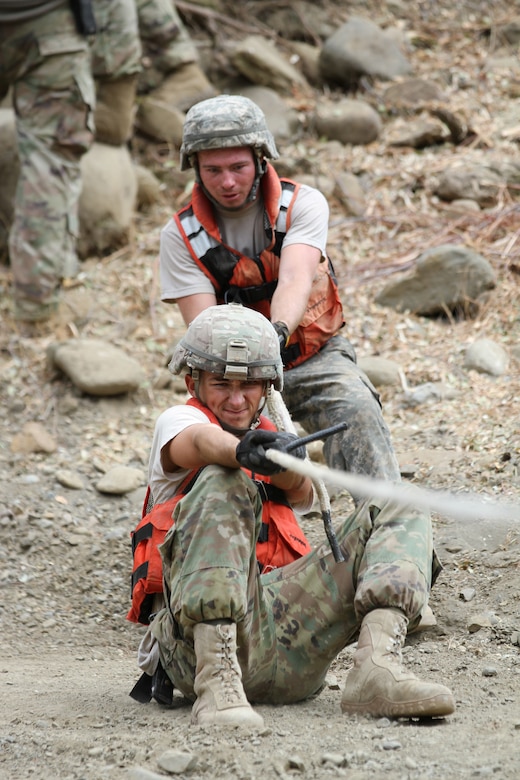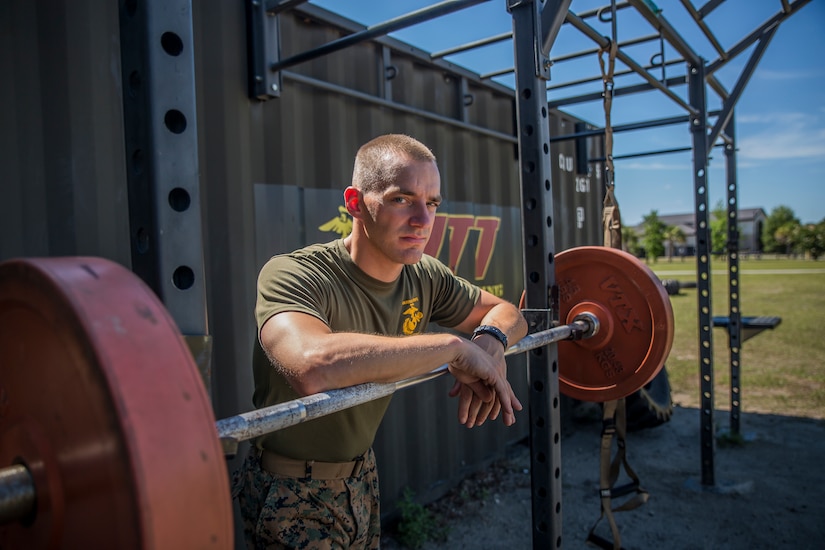By Navy Petty Officer 3rd Class Zachary S. Esleman, Navy
Recruiting Command
DELAND, Fla. -- When future sailors walk into a Navy
recruiting station, it’s not by accident. They’re driven through those doors by
something. Whether it’s patriotism, a desire for self-improvement, or the
prospect of adventure and travel, they’re all seeking a way forward.
If they happen to take that step here, they’ll be greeted by
Navy Petty Officer 2nd Class Abbe Beaston, a quartermaster and a member of the
Navy Recruiting District Jacksonville recruiting team. She’s a sailor who can
relate.
Beaston was born in Harrisburg, Pennsylvania, and raised in
Columbia, South Carolina. Motivated by a love for her country and a sense of
responsibility to serve, she said, she joined the Navy in October 2010 and was
happy to be able to follow in the footsteps of her grandfather, who served in
the Marine Corps, and two of her uncles, who served as enlisted Navy sailors.
Her first command was the aircraft carrier USS Dwight D.
Eisenhower out of Naval Station Norfolk, Virginia. She hit the ground running
and quickly became a standout sailor in the navigation department, earning
petty officer of the quarter honors and other accolades. While serving aboard
the Eisenhower, she said, she completed two deployments and cherished the
important role she was able to play in the ship’s mission.
After serving at sea, Beaston transferred to an office job
on Naval Station Norfolk and gave birth to her son, Alexander. While working
there, she said, she began to miss the operational nature of being deployed at
sea on an aircraft carrier and started to feel as if she wasn’t contributing to
the Navy’s mission like she used to. She wanted a high-speed, challenging job
where she could feel more rewarded for her hard work, she said, and that’s
exactly what she got when she received her new mission: to go to Florida and
become a recruiter.
Changing Lives for the Better
“Recruiting made me look forward to going to work again,”
she said. “It gave me back my ‘pep in my step.’ The best parts of recruiting
are being able to be a mentor to the future sailors and changing people’s lives
for the better.”
Beaston added that she is pleased with the lifestyle
recruiting has allowed her to develop by being able to fully embed herself into
the community around her.
“I’ve been able to buy a house and settle in this community
for a little while, which is great for raising my son,” she said. “It’s all
stuff that I never thought I’d be able to accomplish this early in my career. I
love to be able to go to the beach, swim and take Alexander to the park.”
Now that she’s been enlisted for almost eight years, Beaston
said, she’s been able to see the benefits of her choice to join the military,
and she’s decided to pursue the Navy as her career until retirement.
“I don’t know where I would be without the Navy; I love
being a mom, sailor and daughter, and being part of the best team in the world,”
she said. “I like the rich tradition, and the camaraderie and discipline I’ve
experienced among the ranks.”
She’s also proud of the professional development she’s been
able to accomplish, she said, gaining leadership skills, taking mentorship
classes and taking college classes toward an associate’s degree in general
studies.
Using these skills, and the motivation the Navy has given
her, she said, she has applied herself to helping her community by volunteering
with the local Boys and Girls Clubs of America as a track coach.
“The children are from 7 to 18 years old,” Beaston said, “so
I help them stay out of trouble and give them something to look forward to
while in school and during the summer.”









